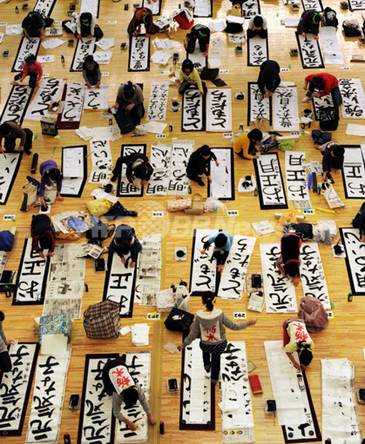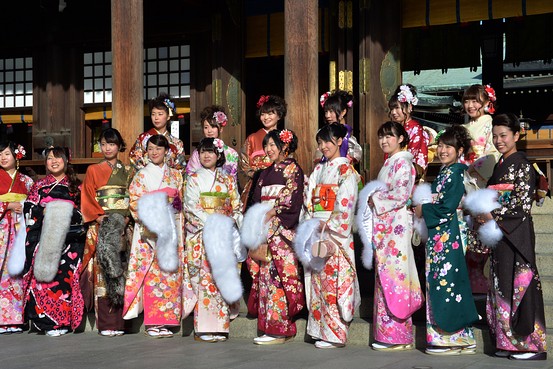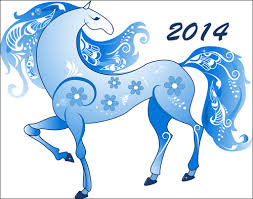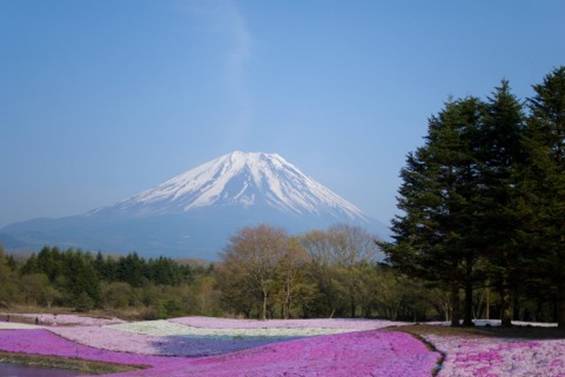As usually seen at the beginning of a New Year, there were New Year Kakizome Contests in various places in Japan.

[Photo cited from AFPBB News]
http://www.afpbb.com/articles/-/2781364?pid=6630330
Kakizome means the first calligraphy writing or painting of the year and it is traditionally done on the second of January or during the first week of January. As it’s said “the first,” the term Kakizome refers the very first calligraphy writing done relating to New Year holidays. Calligraphy beyond this specific time frame is called “Shodou.”
Because Kakizome takes place during New Year holidays, it is desirable and preferable to write one’s New Year resolution, goals for the year, mottos, or simply happy words. By literally written down, those words are expected to stay deeply in our minds and lead us to a way as a guidance. Back in old days in Japan, people would start their work on the second of January; the farmers would start preparing for their fields and merchants would ship their first products. According to this old custom, it is regarded to be good luck to start one’s first task of business, academic studies, or cultural lessons on the second of January. It’s the best day to express our determination for the year.
Calligraphy is included in elementary school curriculum, and Kakizome is often assigned as homework for winter break. Dislike the familiar writing tools, writing with a brush and black ink requires special, repeatedly trained techniques such as the way of moving a brush, applying appropriate amount of ink, or adjusting the force of pressing a brush tip on a paper. But in another words, anyone can improve his/her calligraphy techniques just by practicing over and over. The movements for beautiful calligraphy writings are slow but careful. Thus, it is also a good training to gain patient and concentrated mind. Many people continue to practice calligraphy even when they grow up because it enables us to mediate in a way, or some even start lessons in adulthood.
New Year Kakizome Contests takes place in various scales; from a small scale of personal communities such as family, school, or work to a huge scale of thousands of participants such as National Contest held in Nippon Budokan in Tokyo.
Kakizome is a great customary New Year event for men and women of all ages in Japan.
Now, what is your New Year resolution?





